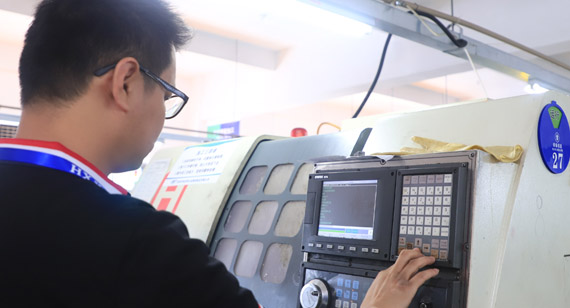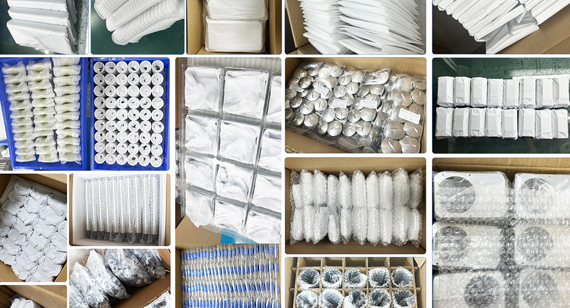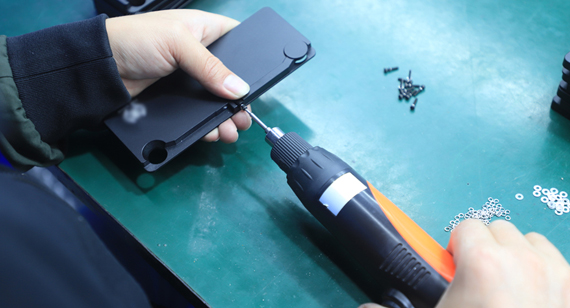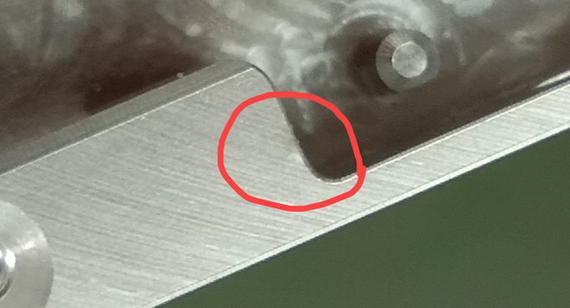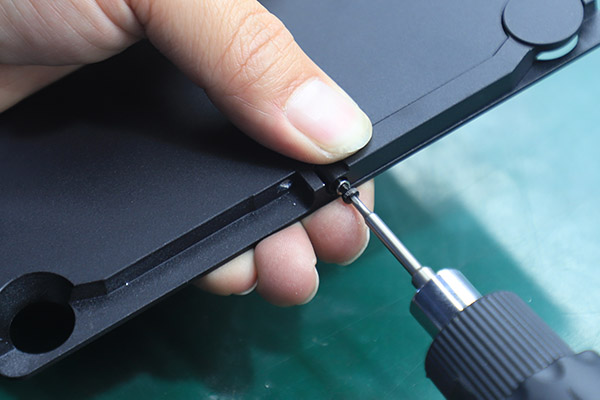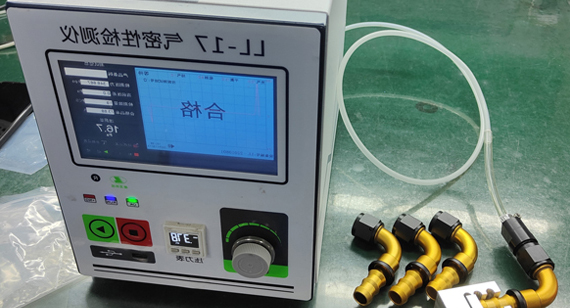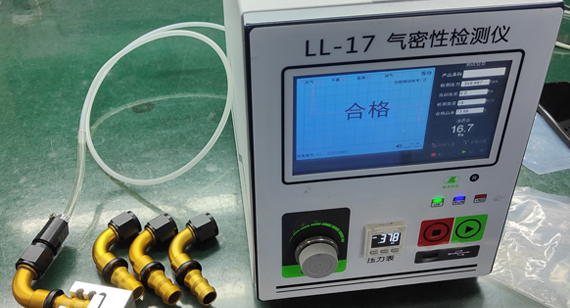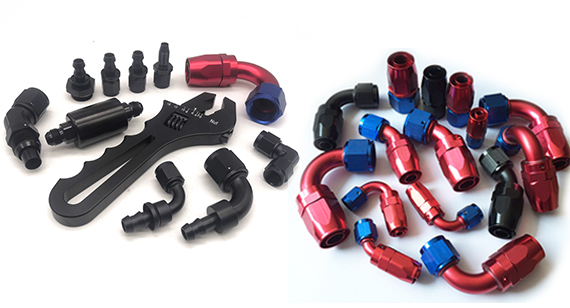15 years one-stop China custom CNC machining parts factory
The VMT blog is dedicated to sharing our hard-earned knowledge in prototype manufacturing. We hope these articles will help you optimize your product designs and gain deeper insight into the world of rapid prototyping. Enjoy the read!
Get an Instant Quote VMT
VMT  2024 01 07
2024 01 07 In the realm of CNC machining, aluminum alloy parts are widely used due to their lightweight, high strength, and excellent machining properties. However, post-machining, issues with threads can arise, potentially affecting the assembly and performance of the parts. This article delves into common thread problems in CNC-machined aluminum parts and proposes corresponding solutions.
 66
66
 Read more
Read more
 VMT
VMT  2024 01 06
2024 01 06 In the daily operations of CNC machining factories, the packaging of machined parts for shipment is a crucial aspect. Proper packaging not only protects the integrity and safety of the parts during transportation but also enhances transport efficiency while minimizing damage and waste. Therefore, understanding the roles of different packaging methods and how to choose appropriate packaging for various transportation modes is essential knowledge for CNC machining factories.
 66
66
 Read more
Read more
 VMT
VMT  2024 01 05
2024 01 05 Efficient assembly processes are crucial in CNC machining factories for ensuring both production efficiency and product quality. However, issues such as slow assembly efficiency and challenges in screw tightening can arise, impacting production efficiency and potentially leading to part scrapping and increased production costs. This article delves into the analysis of these issues and proposes corresponding solutions to enhance the assembly efficiency and quality of CNC-machined parts.
 66
66
 Read more
Read more
 VMT
VMT  2024 01 04
2024 01 04 In CNC machining factories, the surface quality of threaded CNC machined parts plays a crucial role in the performance and lifespan of products. However, during the machining process, various factors may contribute to the occurrence of surface burrs on parts. These burrs not only affect the aesthetics of the parts but can also have adverse effects on product performance and safety.
 66
66
 Read more
Read more
 VMT
VMT  2024 01 03
2024 01 03 Efficiency in the assembly process of CNC-machined parts is crucial for maintaining production timelines and ensuring the overall quality of the final products. However, when faced with slow assembly processes, difficulties in screw tightening, and resulting part scrapping, it becomes imperative to delve into the root causes of these issues. In this article, we will explore the reasons behind slow assembly efficiency, challenging screw tightening, and subsequent part scrapping in CNC manufacturing facilities, aiming to provide insights and solutions for improvement.
 66
66
 Read more
Read more
 VMT
VMT  2024 01 02
2024 01 02 Airtightness testing is a critical step in ensuring the quality and reliability of CNC-machined parts. However, various challenges often arise during the testing process, affecting the accuracy of results. In this article, we will explore common issues encountered in the airtightness testing of CNC-machined parts, providing insights and solutions to enhance the efficiency of CNC manufacturing facilities.
 66
66
 Read more
Read more
 VMT
VMT  2024 01 01
2024 01 01 Ensuring the air tightness of CNC-machined parts is a crucial step to guarantee their sealing performance. Airtightness testing helps identify potential leaks, gaps, or defects in the parts, ensuring their reliability during assembly and use. In this article, we will provide a detailed overview of the steps involved in airtightness testing for CNC-machined parts, helping you conduct more effective tests.
 66
66
 Read more
Read more
 VMT
VMT  2023 12 31
2023 12 31 With the continuous development of the automobile industry, oil cooling joint accessories, as an important part of the automobile cooling system, have increasingly higher quality and performance requirements. In addition to air tightness testing, there are many other important requirements for automotive oil cooling joint accessories. This article will provide a detailed analysis of these requirements, aiming to help readers better understand the performance characteristics and quality control requirements of oil-cooling joint accessories.
 66
66
 Read more
Read more
Ready To Start Your Next Project?
Get Instant Quote

Request a Free Quote
Send us a message if you have any questions or request a quote. We will get back to you ASAP!
